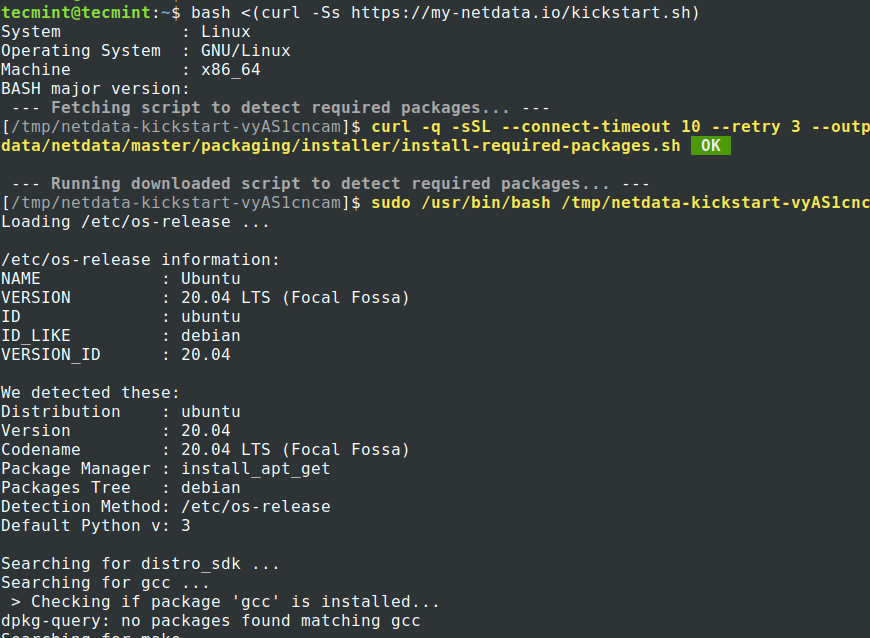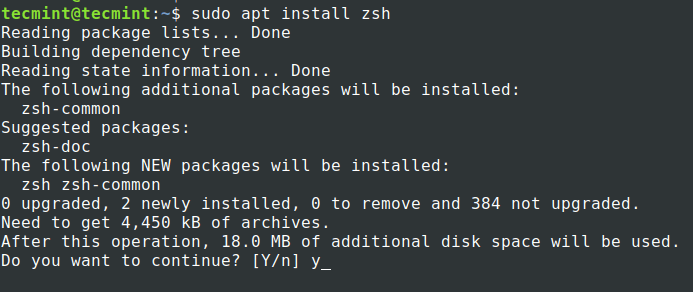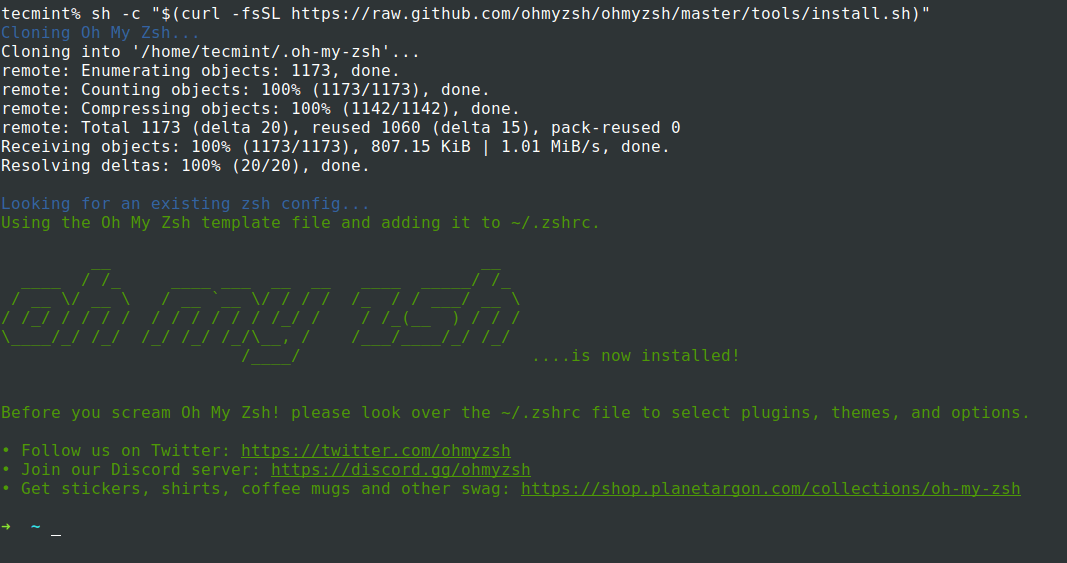Loops are primary requirement of any programming languages. Loops are useful when you want to execute a series of commands until the certain condition is satisfied. In Bash, loops are useful for automating repetitive tasks. In this tutorial, we will see basics of while loop in Bash. There are three basic loops for loop, while
Make Linux Great Again
How to Install LibreOffice 7.0 on Ubuntu 20.04
LibreOffice is a open-source and free office suite. In this tutorial, described steps to install the latest LibreOffice 7 on Ubuntu 20.04 Linux system. You can install latest version of LibreOffice either using the official PPA or the Snap package manager. Prerequisites# You must logged in as root or user with sudo privileges. Installing LibreOffice
How to Monitor Performance Of CentOS 8/7 Server Using Netdata
There are tons of monitoring tools that are used for keeping an eye on systems performance and sending notifications in case something goes wrong. However, the installation and configuration steps involved are often tedious. Netdata is an open-source real-time monitoring & troubleshooting tool that only requires a few steps to get installed. The Git repository
Bash break and continue
Using loops you can run multiple commands until the condition is satisfied. But sometimes you need to divert the flow of loop or terminate the loop iteration. In such cases, you can use break and continue statements in bash to handle the loop execution. In this guide we will how to use break and continue
Rmmod Command in Linux
The core component of each Linux operating system is the Linux kernel. It manages the system’s resources, and acts as an intermediary between the computer’s hardware and software. The Linux kernel is a software that has a modular design. A kernel module, or often referred to as a driver, is a piece of code that
How to Install Hadoop Single Node Cluster (Pseudonode) on CentOS 7
Hadoop is an open-source framework that is widely used to deal with Bigdata. Most of the Bigdata/Data Analytics projects are being built up on top of the Hadoop Eco-System. It consists of two-layer, one is for Storing Data and another one is for Processing Data. Storage will be taken care of by its own filesystem
How to Monitor Ubuntu Performance Using Netdata
Netdata is a free and opensource real-time monitoring and troubleshooting tool for cloud servers, containers, applications, and on-premise IT infrastructure. It provides high granular and real-time system metrics such as CPU performance, RAM & disk utilization, and bandwidth statistics, to mention a few. Additionally, Netdata also provides interactive metric visualizations that can be accessed on
How to Install and Setup Zsh in Ubuntu 20.04
This article is about installing and configuring ZSH on Ubuntu 20.04. This step applies to all Ubuntu-based distributions. ZSH stands for Z Shell which is a shell program for Unix-like operating systems. ZSH is an extended version of Bourne Shell which incorporates some features of BASH, KSH, TSH. Zsh Features Command-line completion. History can be
How to Install OH-MY-ZSH in Ubuntu 20.04
When working with Unix-based environments our majority of time will be spent on working in a terminal. A good looking terminal will make us feel good and improves our productivity. This is where OH-MY-ZSH comes into play. OH-MY-ZSH is an open-source framework for managing ZSH configuration and is community-driven. It comes bundled with tons of
Bash Sequence Expression (Range)
Using Bash sequence expression you can generates a range of integers or characters by providing the start and the end point of the range. In this guide, we will show you the basics of the sequence expression in Bash. Bash Sequence Expression# Below is the basic form of the sequence expression: {START..END[..INCREMENT]} The expression starts








